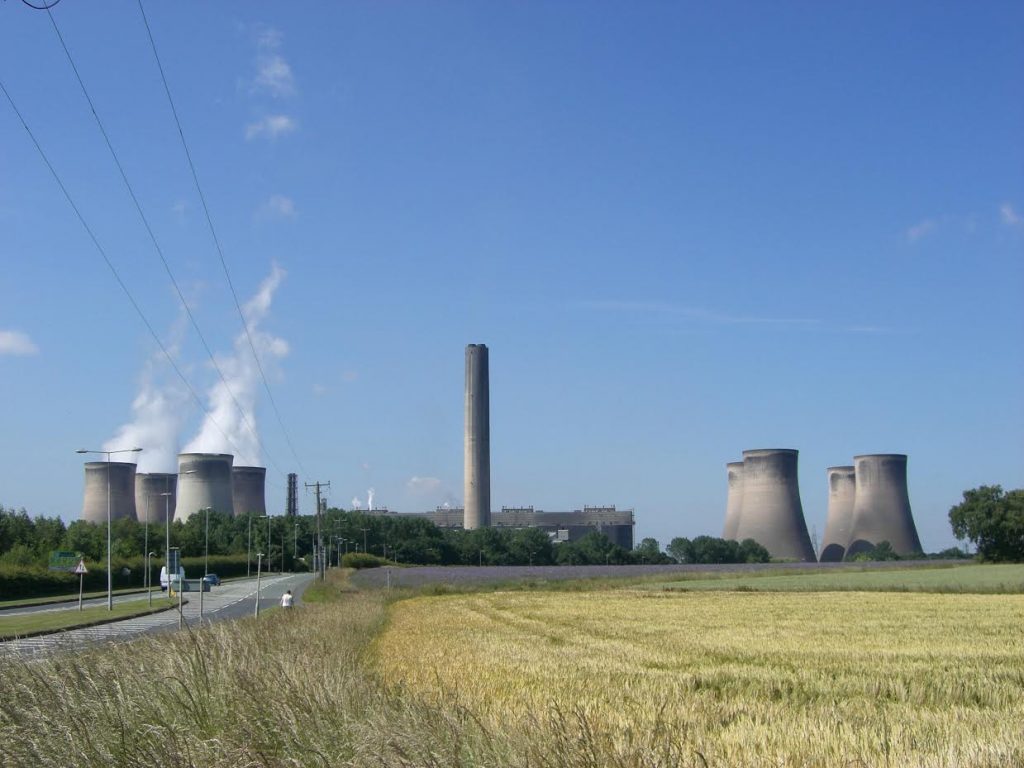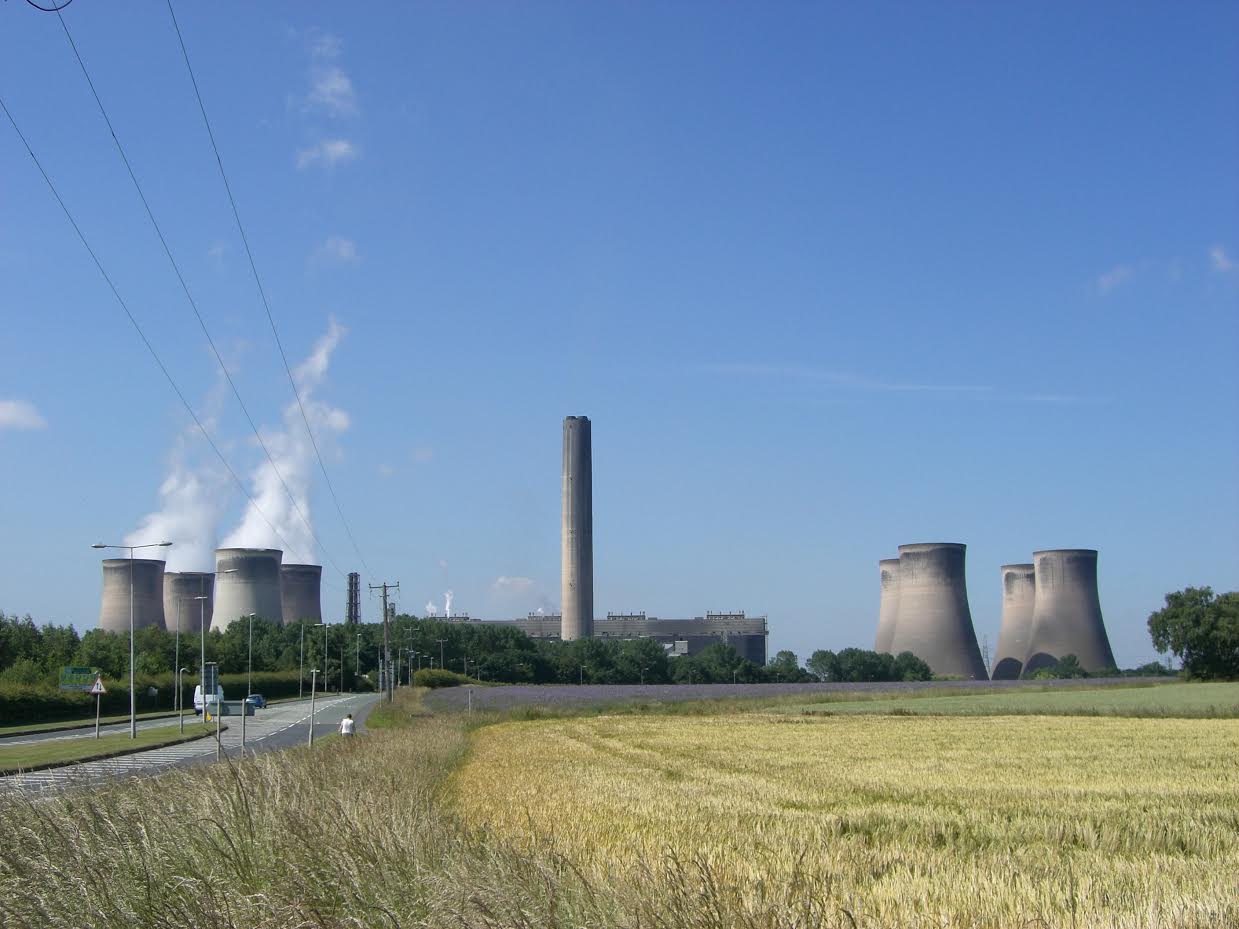
The following is a guest blog by Pamela Dugdale, a MyGridGB follower on Twitter. Followers are encouraged to submit guest blogs using mygridapp@gmail.com
By Pamela Dugdale
For the past five years I’ve taught Physics in a college of further education, looking out across the playing fields to the cooling towers of Fiddlers’ Ferry power station. In class, we learn about efficiency, thermodynamics and the fundamental limits set by Carnot’s theorem, while beyond the laboratory windows steam rises from the monolithic towers to create its own local cloud system. And I pose a question – is this the best that we can do? Is burning fossil fuels only to discard the majority of heat created the best way to generate our electricity?

Fiddler’s Ferry Coal Power Station
Many of my students go on to study engineering and physics at university, then out into the world as the innovators and project managers of the future. I tell them that engineering is about making things better. Maybe electricity generation could be the thing that they could make better? So we discuss combined heat and power (CHP) and the design improvements which give us the higher efficiencies found in combined cycle gas turbines (CCGT); we calculate the power available from the forests of offshore wind-turbines that spread from the Lancashire coast to Anglesey; we model the energy from a tidal barrage built across the Mersey estuary, including the differences between spring and neap tides; and we consider the challenges of cutting-edge technologies such as estuary-based osmotic power stations.
The students work in teams to tackle these problems. They make their own measurements and source their own data, whether the specific heat capacity of local sandstone, the area of a local field with planning permission for a solar farm, the materials science challenges of osmotic membranes, or the effect of cloud cover on the efficiency of rooftop photovoltaics.
And all the time we refer back to Fiddlers’ Ferry, its 2000 MW acting as a ‘gold standard’ of comparison – equivalent to approximately three Mersey barrages at spring tide, or twice the region’s installed capacity of offshore wind.
So whilst the problems posed by climate change can still seem distant and insurmountable despite their regular repetition in school lessons, the challenge of replacing Fiddlers’ Ferry is well defined and not easily dismissed.
It’s a task the students can visualise and, I hope, be equipped and empowered to take on.
—
Pam Dugdale
http://riversidecollege.academia.edu/PamDugdale
